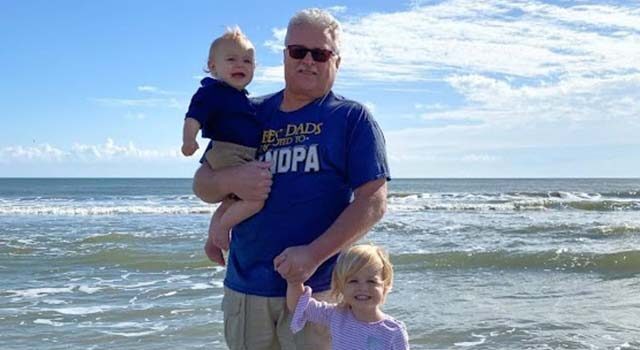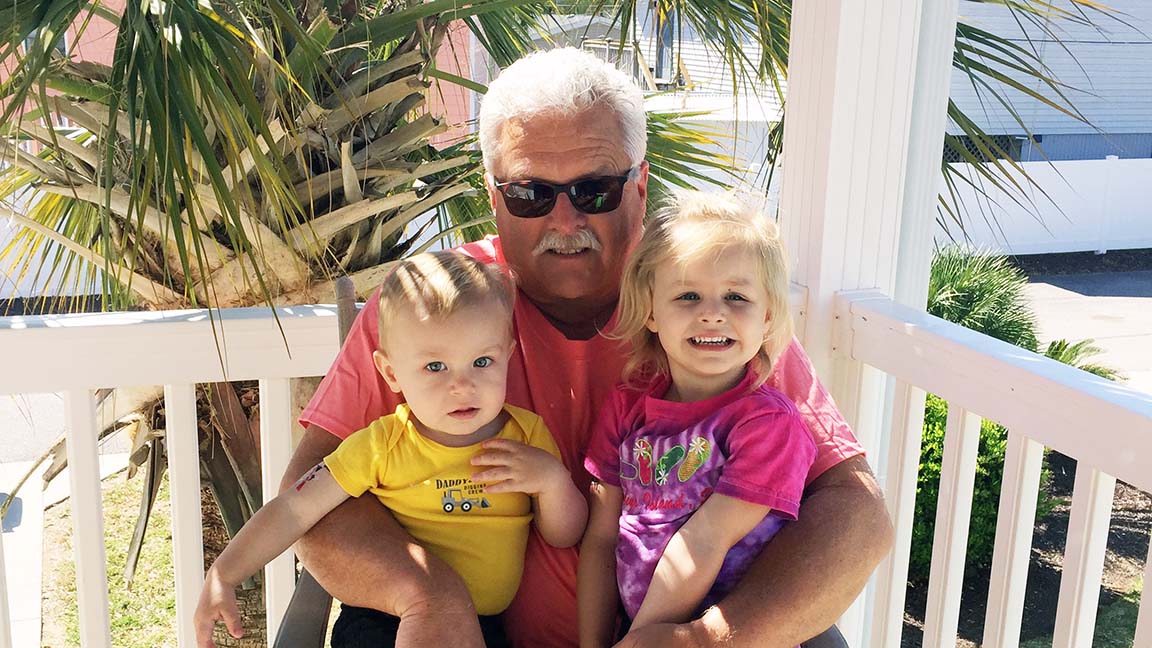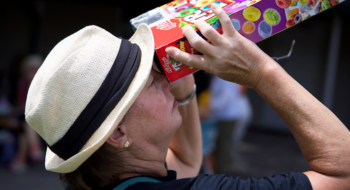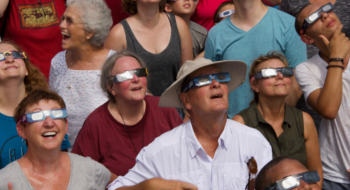Joe Hofflinger spent his career working with industrial robots in the automotive industry, but he never imagined robotics would one day change his life.
That’s exactly what happened in May 2022 when Hofflinger underwent robotic-assisted surgery at Tidelands Health to repair five large abdominal hernias with Dr. Mark Witkowski, a surgeon at Tidelands Health Surgical Specialists.
Hofflinger’s hernias resulted from major abdominal surgery in the early 1980s to address complications of Crohn’s disease. The surgery left him with 30 staples running from his sternum to his navel. He spent 10 days in the hospital and endured a lot of pain.
“I knew I never wanted to go through that again,” he says.
'I could always feel it'
While the hernias were embarrassing and caused discomfort, the Murrells Inlet resident, 62, learned to live with them.
“When I wore a dress shirt, it always stuck out. On the beach, I was always covering up with a shirt or my arms,” he says. “It bothered the heck out of me. Any time I picked something up, I could always feel it.”
A hernia is a weakness in your body’s fascia or connective tissue. Muscles, fat or even organs can squeeze through the weak spot, causing a bulge that may be painful or achy. Hernias can occur due to a natural weakness or as a result of a surgery, pregnancy, injury or other conditions.
Over the years, Hofflinger considered having his hernias repaired, but the thought of another surgery stopped him.
“I spoke to my doctors about getting them repaired and saw two different surgeons. There weren’t many options for repair, so my recollection of the original surgery always held me back,” he says.
A new option
In 2020, he and his wife Sue retired to Murrells Inlet. He saw board-certified Tidelands Health internal medicine physician Dr. Jessica Morjain, who practices at Tidelands Health Family Medicine at Garden City. She recommended he see Dr. Witkowski to discuss surgical options
Hofflinger was hesitant but followed Dr. Morjain’s advice.
“He told me, ‘I can fix it. If I thought you needed to go somewhere else, I’d send you there,'” Hofflinger says.
Path forward
Armed with Dr. Witkowski’s confidence, the opinions of two patients he encountered in Dr. Witkowski’s waiting room and hours of viewing robotic-assisted hernia operations on YouTube, Hofflinger decided to go ahead with the procedure.

Hofflinger says the results of his hernia surgery were "phenomenal."
“I woke up in the recovery area, drank a can of Sprite, got dressed and went home. I was back in my recliner the same day! There was some pain for a few days due to the amount of work that took place inside of my body, but I only took Tylenol after the first two days,” he says.
Rather than a large incision, he had three small incisions that were glued shut.
“It was nothing like my first surgery. I couldn’t believe the results,” Hofflinger says.
An ideal option
Dr. Witkowski says robotic-assisted surgery is “adaptable to circumstances,” making it ideal for cases like Hofflinger’s.
During robotic-assisted surgery, the surgeon remains in control at all times. Surgeons use the robotic system to better visualize the surgical site and perform delicate procedures that would be difficult with other techniques. Sitting at a console, the surgeon manipulates the machine’s instruments, which translate the surgeon’s movements into precise, real-time movements inside the body.
“I just don’t think his hernia could have been repaired laparoscopically because of the complex number of holes and the overall length of his defect,” Dr. Witkowski says. “An open surgery would have been possible, but the recovery would have been significantly prolonged, and it would have been much more invasive.”
Dr. Witkowski says a robotic-assisted surgery system is like a Swiss Army knife, capable of quickly adapting to whatever the procedure requires. The system’s tiny instruments allow the surgeon to visualize and manipulate even the most delicate tissues through very small surgical incisions.
“It’s a very dynamic platform. For low pelvic surgery, the system provides excellent power and visualization in places known to be very difficult to access,” he says. “It really changes the way we approach these surgeries because people recovery a lot faster and with less pain, and in a lot of cases, it’s faster, too.”
Hofflinger can vouch for the results.
“The results are phenomenal. There are no more protrusions on my belly, and I don’t wear a shirt on the beach anymore. I am so glad I decided to proceed with the surgery,” he says.




